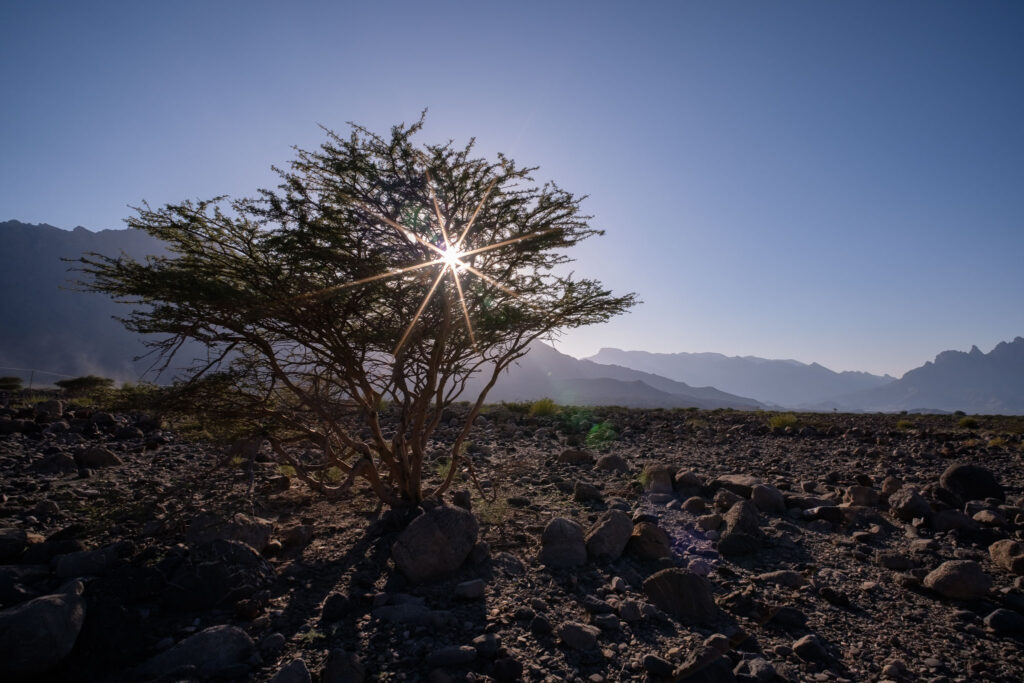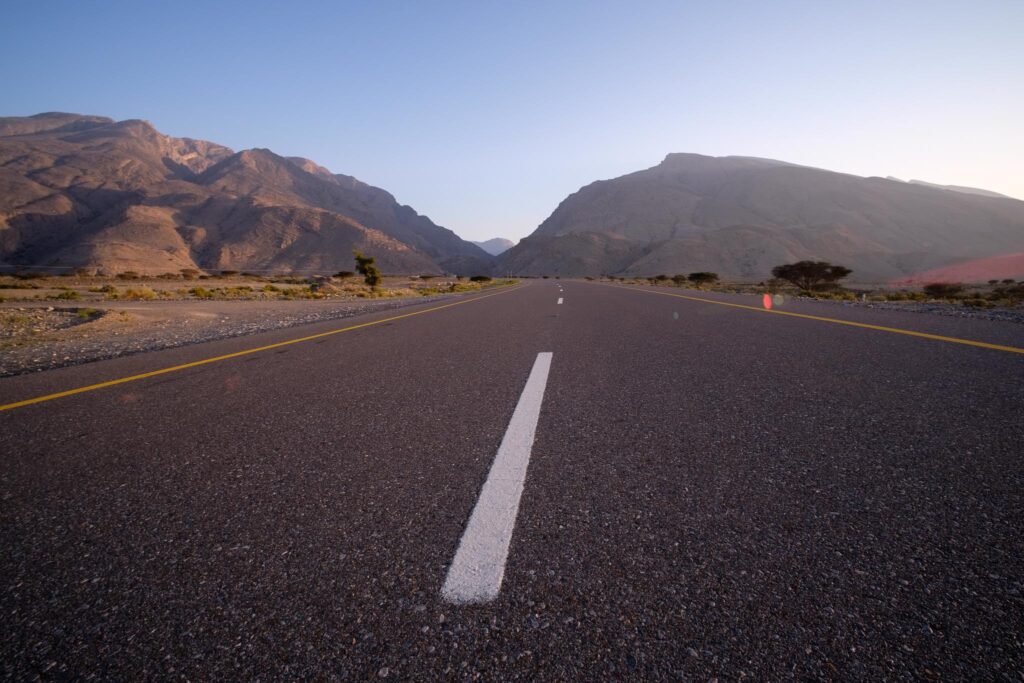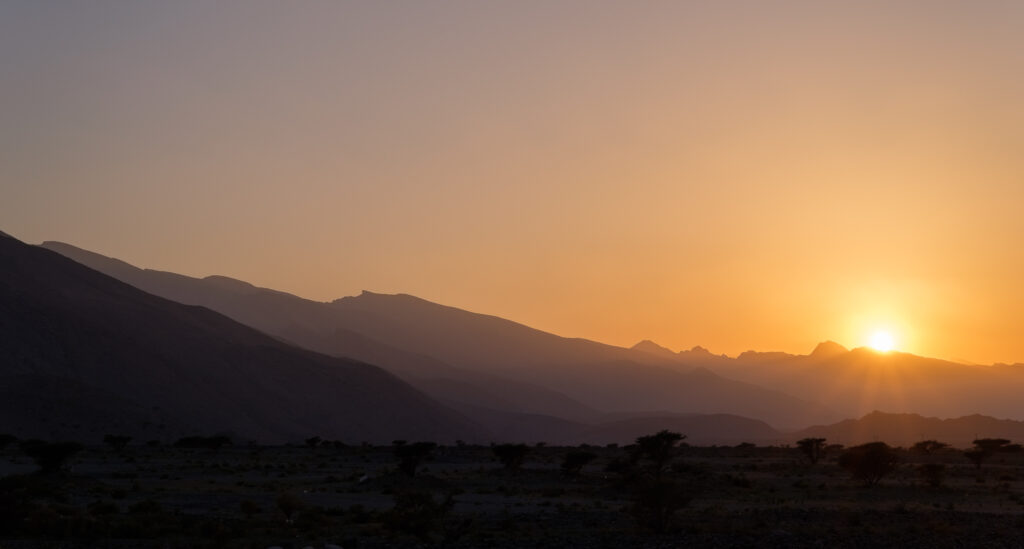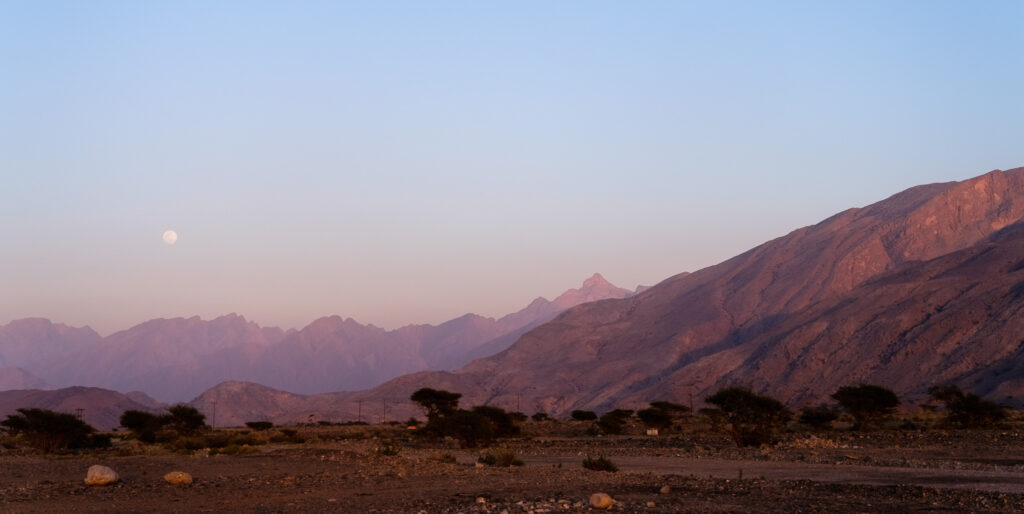A couple of months ago I visited the village of Wakan, I the Jebel Akhdar mountains. I wrote about that visit here:
I have recently returned for another visit, to see the fruit trees in blossom. Typically, this occurs during February, and makes for a different experience in Oman, as the surrounding hills and gardens become alive with the white patches of flowering trees. My plan was to spend some time walking in the village and the fields, and then hike up the mountain following the well-marked trail. I have done this many times before, but once you gain altitude, the views are amazing; so, it is well worth the effort.
Last time I visited the weather was cool and cloudy, but this time it was warmer and there was plenty of sunshine. There were also lots of visitors, which created some traffic jams not only in the narrow gravel road that leads to the village, but also in the (small) parking lot. But, with a little bit of patience, all is well. People come to admire the Spring blossoms, mostly from the peach trees.
For this trip, I had with me a new lens, the TTArtisan 10mm f/2; my idea is to use this lens in astronomy trips, for general night sky photography, such as star trails, and Milky Way. It is quite challenging to use such a wide lens effectively, but I wanted to give it a try. Despite a few shortcomings (mostly lens flares), for the low price it carries and robust construction, the lens is quite interesting and useful. As a complement, I also carried the Voigtlaender 35mm f/1.2 lens, for more general photography.
I walked around the village and the fields for about 1 hour, framing some interesting shots of Wakan against the mountainous backdrop and the “bowl” down below. The surrounding mountains are bare of vegetation, apart from small bushes; their peaks are characterized by jagged edges, well defined against the crisp blue sky. I am used to the beauty of fruit tree blossoms, as we have many areas in Portugal where they occur; but here in Oman the setting is different, because of the geography and climate.
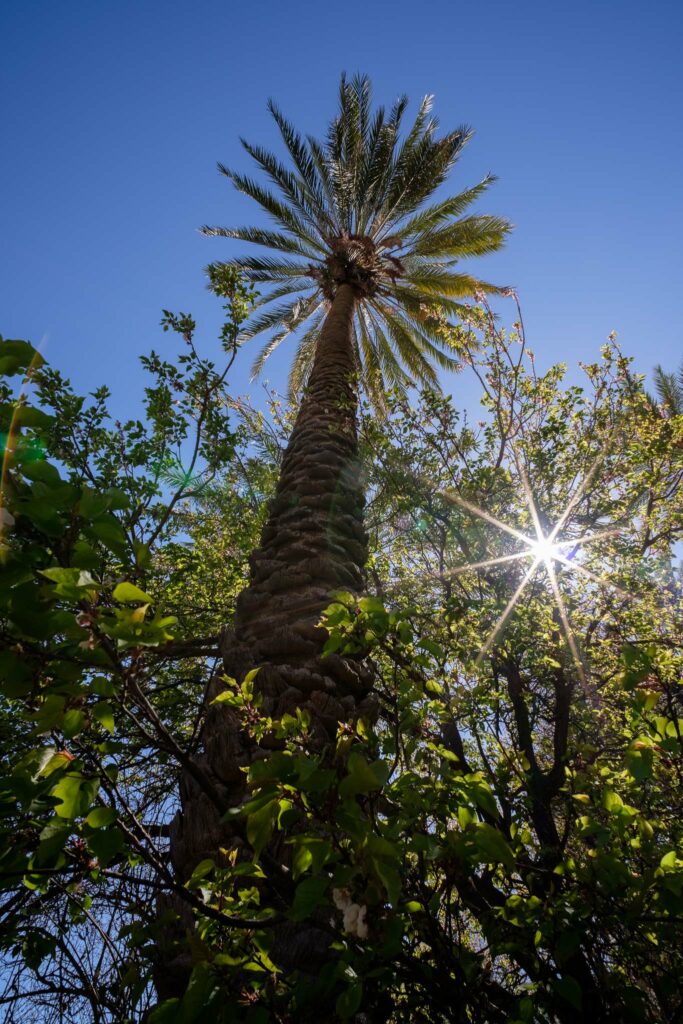
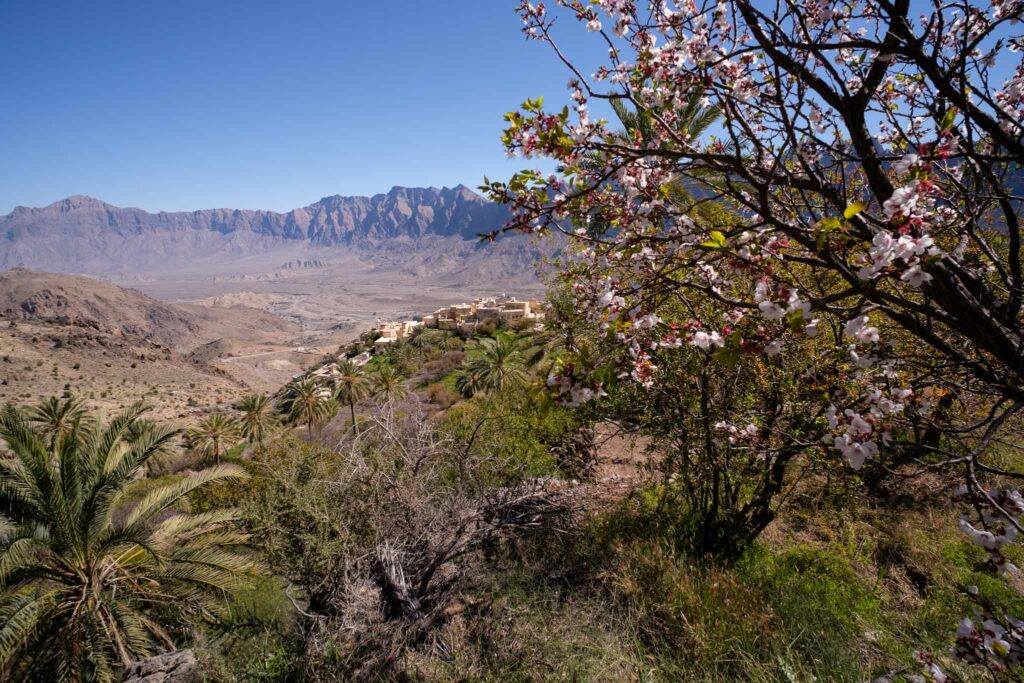
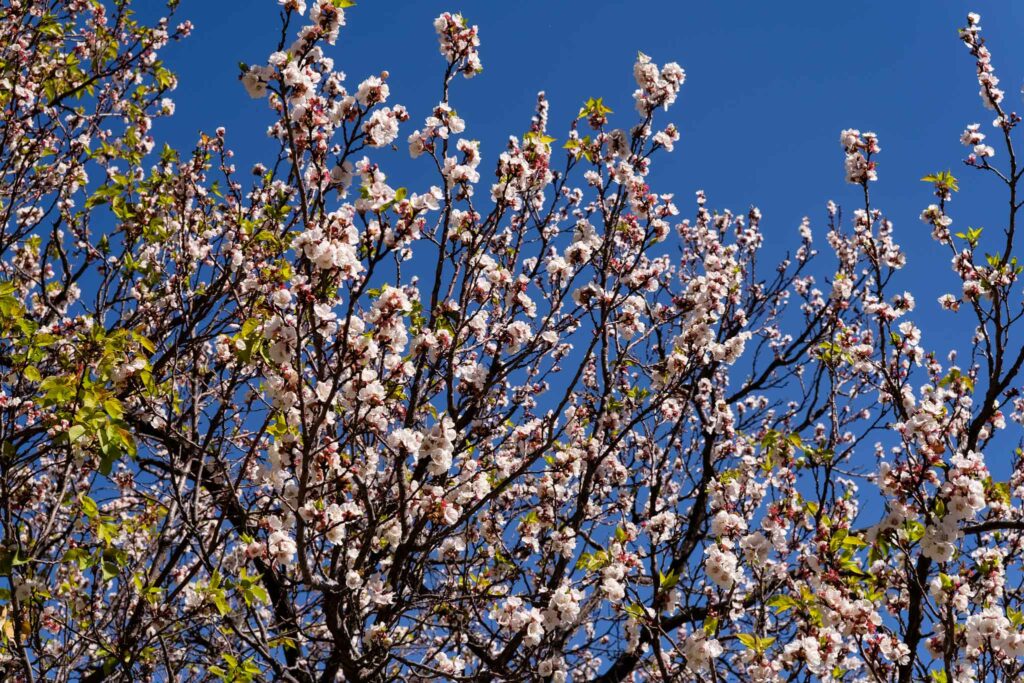
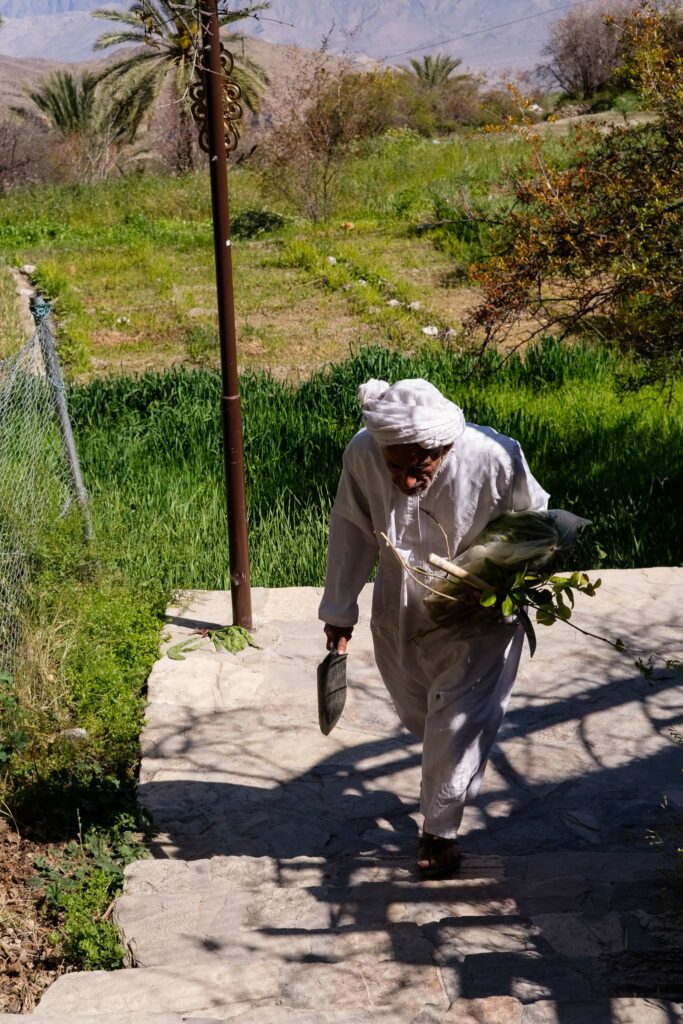
As the visitors and tourists walk about admiring the views, the locals try to carry on with their daily chores. Life in this, and other more isolated, villages, is still hard; it is necessary to take care of the small parcels of planted land, of the trees, and the goats that roam the hills. Once you leave the village behind and enter the rocky trail that leads up to the top, you will hardly see anybody else. In one of the viewpoints a group of youngsters asks me to take a picture of them using my camera, not a phone. I suppose cameras look cool these days, especially the Fujifilm ones with their retro design! We exchange contacts so that I can send them the photos later.
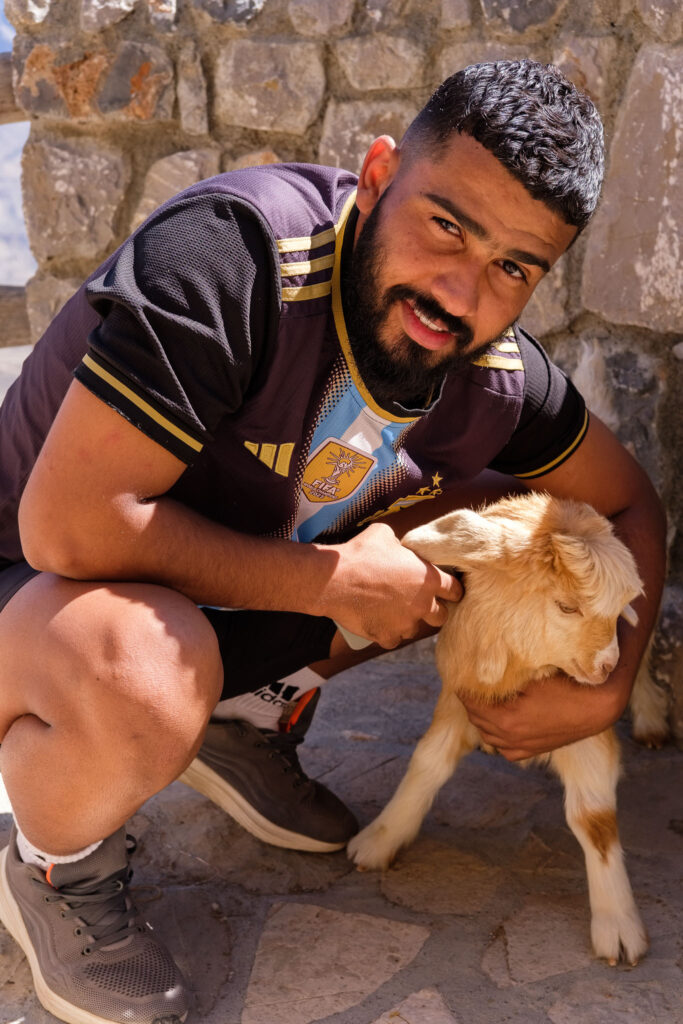
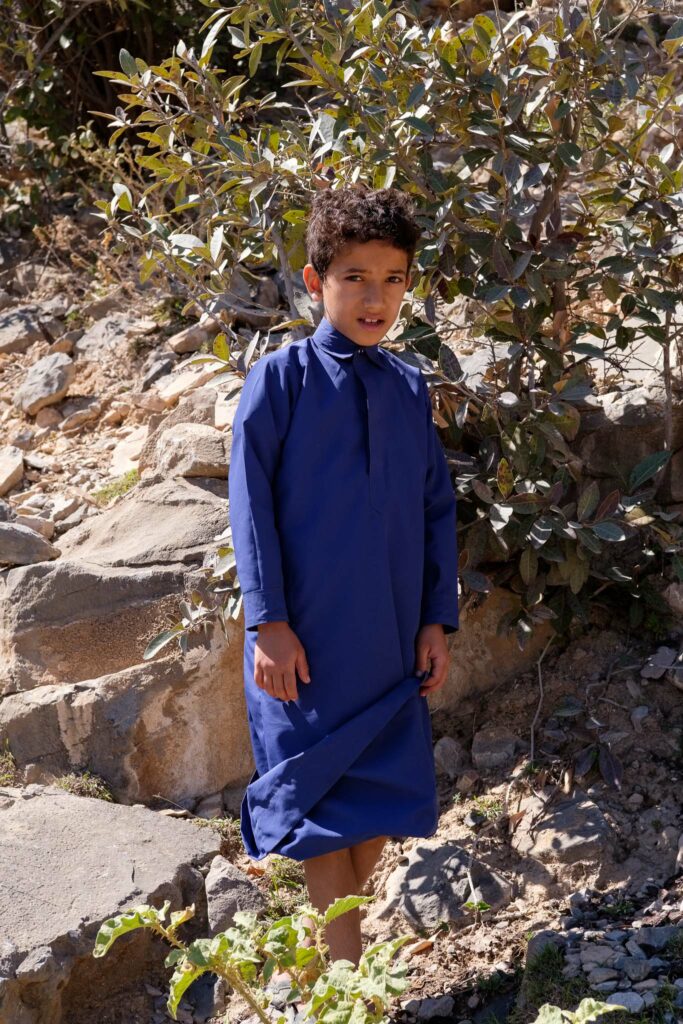
I stop a few times along the trail to take some photos, and to eat a picnic lunch, before negotiating a tricky section of the path. This is where the trail hugs the base of a huge vertical wall above, and one needs to follow along the bedding planes of the rocky outcrops. Even though it is noon, this area is in the shade, and some drops of water fall from the rocks above, creating small stalactites and stalagmites as it dissolves the limestone. After that, it is an easy walk again, and the views are remarkable. After a while, it is time to head back to Wakan, which I reach after meeting a few more goats on the way.
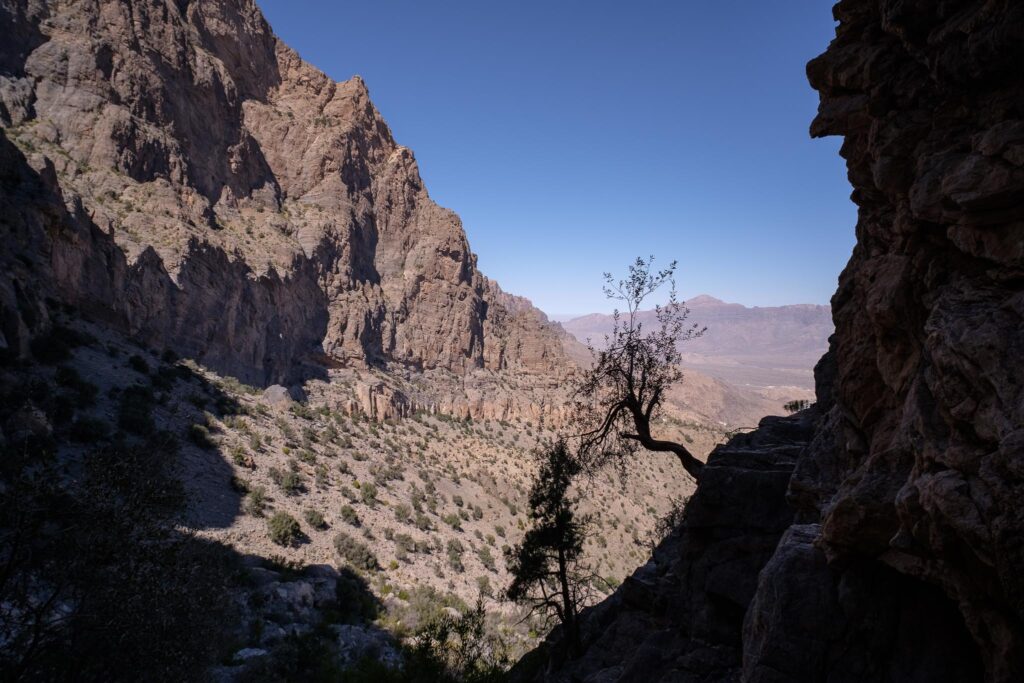
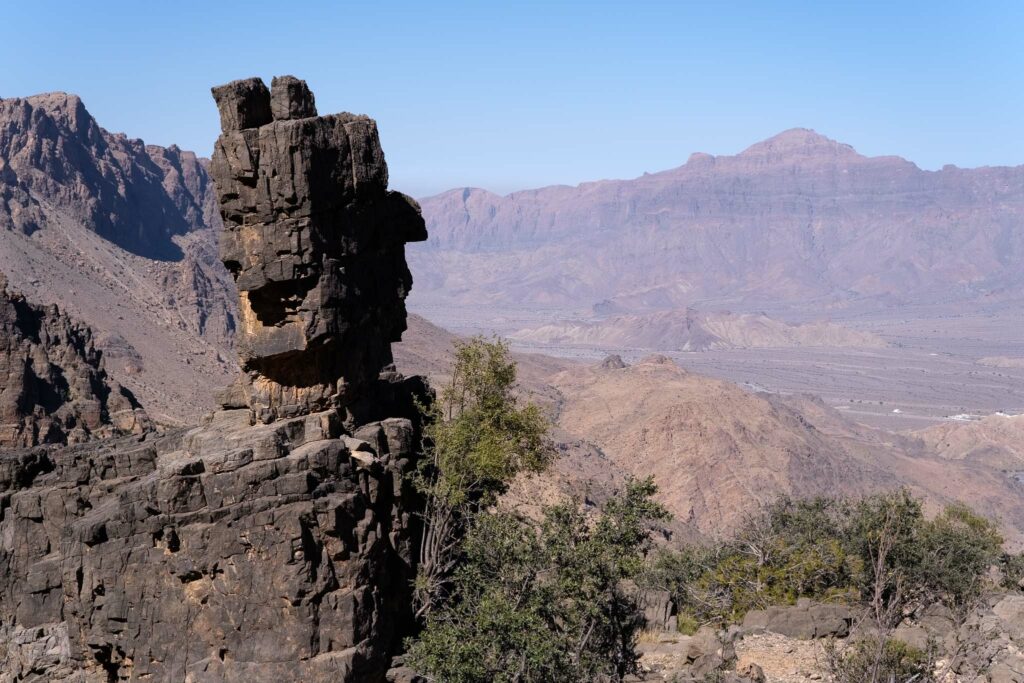
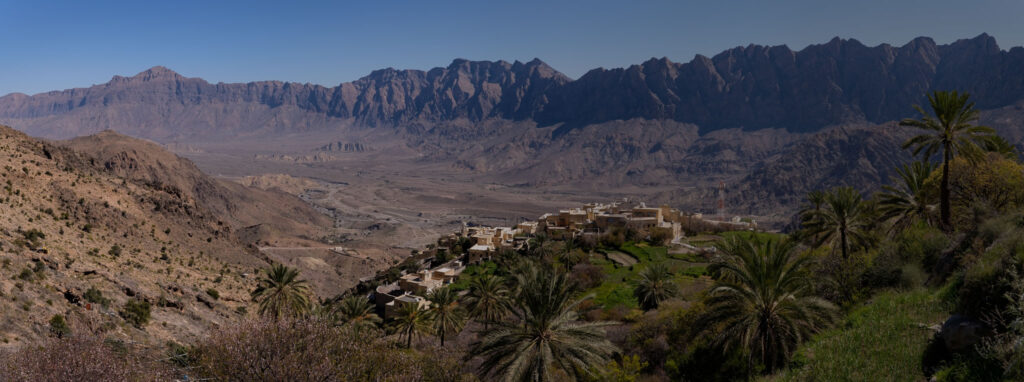
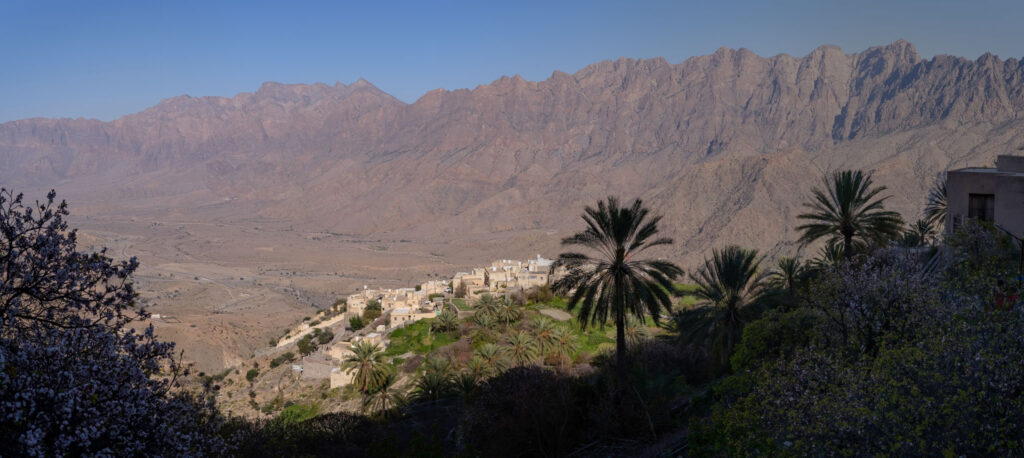
On my way out of the Gubrah bowl I stopped in the valley plain to take more photos. The sun is approaching the crest of the mountains, and the quality of the light is getting better, so I frame some of the thorny bushes against the stark surroundings. At the exit of Wadi Mistal, I stop again, waiting for the sunset, and for the full moon rising in the East. I never get tired of visiting these mountains and experiencing their beauty.
